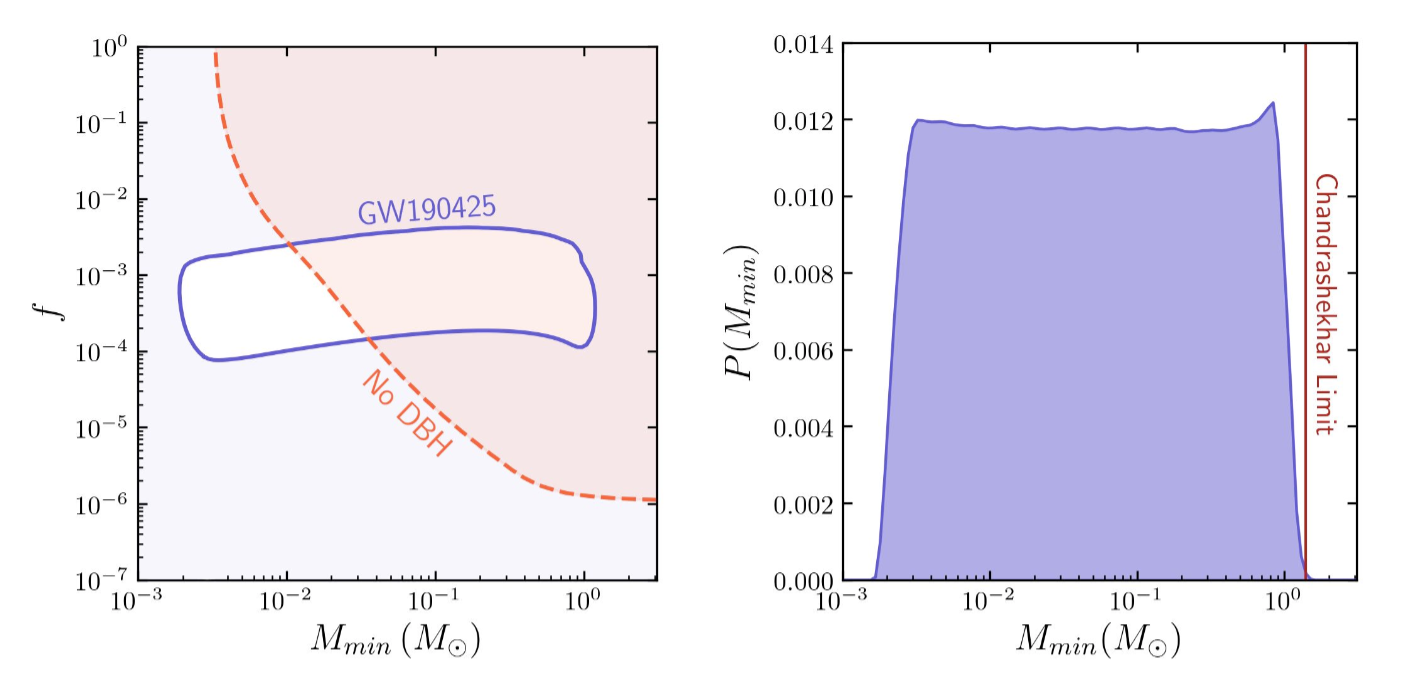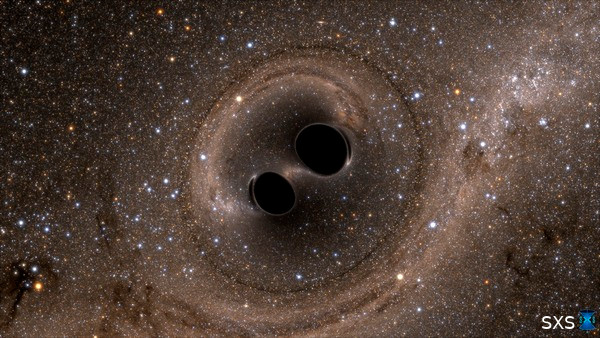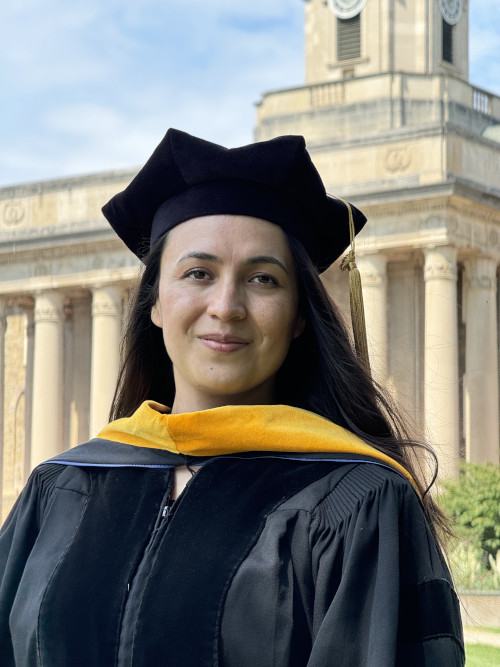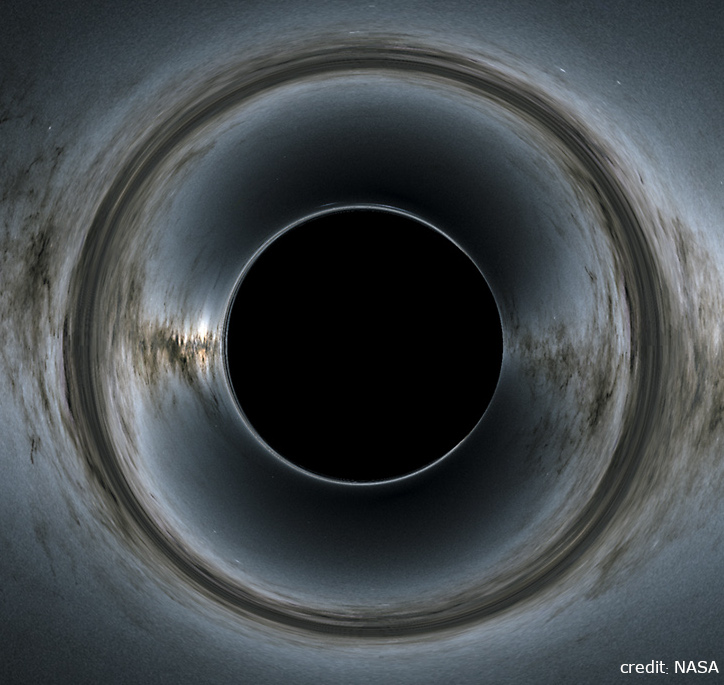
Black Holes
Black holes are regions of spacetime so dense that nothing can escape their gravitational pull - not even light. Researchers at Penn State study black holes theoretically in the context of general relativity and candidate theories for quantum gravity as well as observationally through electromagnetic and gravitational wave surveys.
IGC members who study Black Holes
| Name | Role | Affiliation | Phone | Office Address | Affiliated Center(s) | Research Topics(s) | ||
|---|---|---|---|---|---|---|---|---|
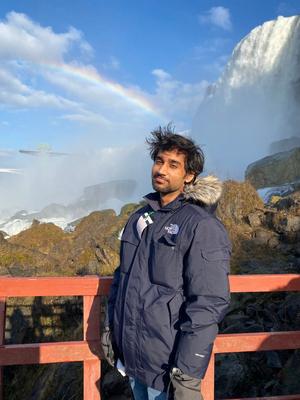 | Shomik Adhicary | Graduate Student | Physics | sva5823@psu.edu | +1 814 865 7533 | 334 Whitmore Laboratory | IGC | Gravitational Waves, Dark Matter, Multimessenger Astrophysics, Black Holes |
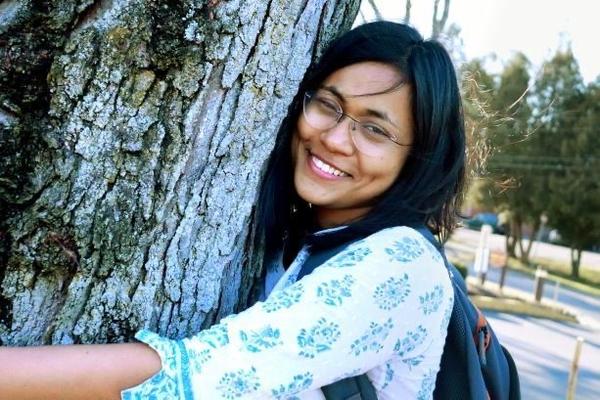 | Unnati Akhouri | Graduate Student | Physics | uja5020@psu.edu | -- | 321 Whitmore Laboratory | CMA | Black Holes |
| Mark Alaverdian | Graduate Student | Physics | mxa895@psu.edu | - | 5 Osmond Laboratory | IGC | Physical Mathematics, Gravitational Waves, Black Holes | |
 | Harshraj Bandyopadhyay | Graduate Student | Physics | hkb5238@psu.edu | +1 814 865 7533 | 307 Whitmore Laboratory | IGC | Gravitational Waves, Black Holes |
 | Maitraya Bhattacharyya | Postdoc | Physics | mbb6217@psu.edu | +1 814 863 9605 | 314 Whitmore Laboratory | CMA | Multimessenger Astrophysics, Gravitational Waves, Black Holes |
 | Eugenio Bianchi | Faculty | Physics | exb34@psu.edu | +1 814 865 7533 | 315 Whitmore Laboratory | CFT | Quantum Universe, Mathematical Structures, Black Holes, Loop Quantum Gravity |
| Joshua Black | Graduate Student | Physics | jib38@psu.edu | +1 814 865 7533 | 301D Whitmore Laboratory | CTOC | Dark Matter, Black Holes | |
 | John Blakely | Undergraduate Student | Astronomy, Physics | jpb6799@psu.edu | +1 814 865 0410 | Osmond Laboratory | CTOC, IGC | Black Holes, Dark Matter |
| W. Niel Brandt | Faculty | Astronomy, Physics | wnbrandt@gmail.com | +1 814 865 3509 | 514A Davey Laboratory | CTOC | Quasars, Dynamic Universe, Black Holes, Multimessenger Astrophysics | |
 | Koustav Chandra | Postdoc | Astronomy, Physics | kbc5795@psu.edu | -- | 307 Whitmore Laboratory | IGC | Gravitational Waves, Black Holes, Multimessenger Astrophysics |
| Tommy Chin | Graduate Student | Physics | wjc5509@psu.edu | 6692331822 | 301D Whitmore Laboratory | CTOC, CFT, IGC | Dynamic Universe, Quantum Universe, Black Holes, Cosmic Surveys | |
 | Aurora Colter | Undergraduate Student | Physics, Math | agc5654@psu.edu | - | - NONE | CFT, IGC | Quantum Universe, Gravitational Waves, Black Holes, Loop Quantum Gravity, Physical Mathematics |
 | Viviana Cáceres | Graduate Student | Physics | vac5288@psu.edu | 7872344444 | 114 Osmond Laboratory | CMA | Black Holes, Gravitational Waves |
 | Abhishek Das | Graduate Student | ICDS, Physics, Astronomy | ajd6518@psu.edu | -- | 321E Thomas Building | IGC, CMA | Cosmic Rays, Black Holes, Neutrinos, Gravitational Waves, Multimessenger Astrophysics, Dark Matter, Quasars |
 | Arnab Dhani | Graduate Student | Physics | aud371@psu.edu | +1 814 865 7533 | 317 Whitmore Laboratory | IGC | Gravitational Waves, Black Holes |
 | Laura Duffy | Graduate Student | Astronomy | lrd48@psu.edu | +1 814 865 0419 | 537 Davey Laboratory | CTOC | Quasars, Black Holes |
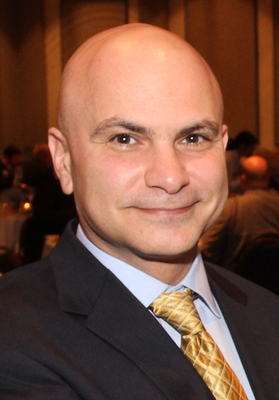 | Michael Eracleous | Faculty | Astronomy | mxe17@psu.edu | +1 814 863 6041 | 414 Davey Laboratory | CTOC, CMA | Quasars, Black Holes, Dynamic Universe, Multimessenger Astrophysics |
 | Jacob Fields | Graduate Student | Physics | jmf6719@psu.edu | -- | 321E Whitmore Laboratory | CMA | Multimessenger Astrophysics, Gravitational Waves, Black Holes |
 | Jeysen Flores-Velázquez | Graduate Student | Astronomy, Physics | jrf6037@psu.edu | +1 3235526297 | 118 Osmond Laboratory | IGC | Black Holes, Dark Matter |
 | Rossella Gamba | Postdoc | Physics | rjg6040@psu.edu | N.A. | 305 Whitmore Laboratory | IGC | Black Holes, Multimessenger Astrophysics, Gravitational Waves |
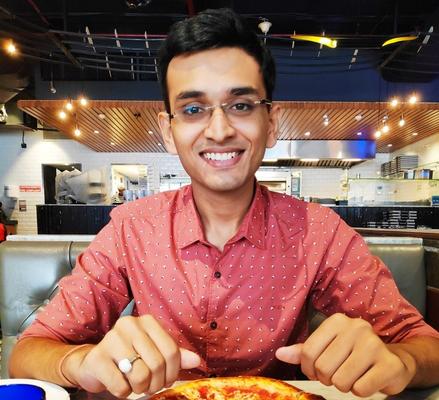 | Ish Gupta | Graduate Student | Physics | ishgupta@psu.edu | +1 814 865 7533 | 317 Whitmore Laboratory | IGC | Multimessenger Astrophysics, Gravitational Waves, Black Holes |
 | Eduardo Gutiérrez | Postdoc | Physics | exg5366@psu.edu | +1 814 863 9605 | 301B Whitmore Laboratory | IGC | Black Holes, Multimessenger Astrophysics, Neutrinos, Gravitational Waves, Cosmic Rays |
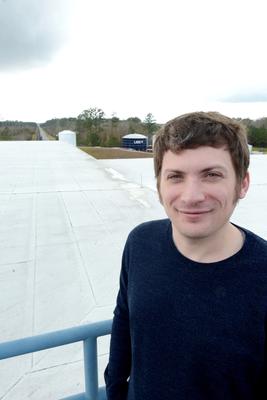 | Chad Hanna | Faculty | Astronomy, ICDS, Physics | crh184@psu.edu | +1 814 865 2924 | 303 Whitmore Laboratory | CMA | Gravitational Waves, Black Holes, Multimessenger Astrophysics, Dark Matter |
 | James Kennington | Graduate Student | Physics | jwkennington@psu.edu | +1 814 865 7533 | Box 66 Whitmore Laboratory | CFT | Gravitational Waves, Dark Matter, Black Holes, Mathematical Structures |
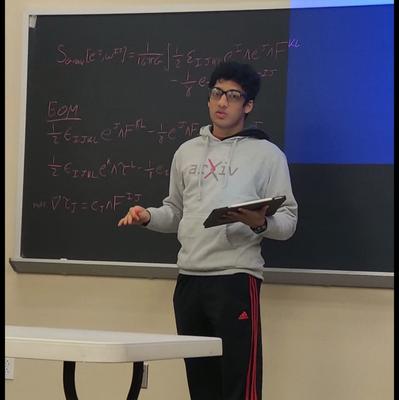 | Samarth Khandelwal | Undergraduate Student | Physics, Math | smk6968@psu.edu | N/A | 323 Whitmore Laboratory | IGC, CFT | Loop Quantum Gravity, Black Holes, Mathematical Structures |
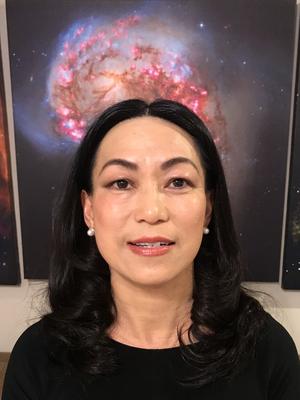 | Yuexing Li | Faculty | Astronomy | yul20@psu.edu | +1 814 867 2291 | 417A Davey Laboratory | CMA, CTOC | Black Holes, Multimessenger Astrophysics, Astroinformatics |
 | Niana Mohammed | Graduate Student | Astronomy | nnm5189@psu.edu | +1 814 865 0419 | 537 Davey Laboratory Davey Laboratory | CTOC, CMA | Multimessenger Astrophysics, Black Holes, Quasars |
 | Kyle Neumann | Graduate Student | Astronomy | kdn5172@psu.edu | (814) 865-0418 | 537 Davey Laboratory | IGC | Black Holes, Dynamic Universe, Gravitational Waves, Multimessenger Astrophysics |
 | Victoria Niu | Graduate Student | Physics | wmn5062@psu.edu | +1 814 865 7533 | 334 Whitmore Laboratory | IGC | Black Holes, Gravitational Waves, Dark Matter, Multimessenger Astrophysics |
 | Mary Ogborn | Graduate Student | Astronomy | mko5309@psu.edu | 8148637111 | 8148637111 Davey Laboratory | CMA, CTOC | Black Holes, Quasars |
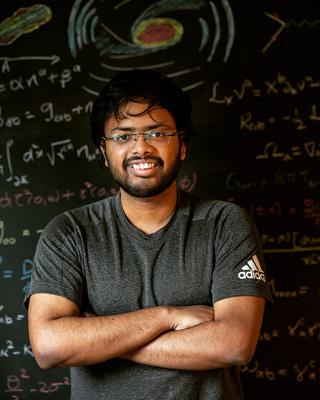 | Surendra Padamata | Graduate Student | Physics | ssp5361@psu.edu | -- | 322 Osmond Laboratory | CMA | Multimessenger Astrophysics, Black Holes, Cosmic Rays, Gravitational Waves, Neutrinos |
| Daniel Paraizo | Graduate Student | Physics | dep5397@psu.edu | -- | 317 Whitmore Laboratory | IGC, CFT | Quantum Universe, Loop Quantum Gravity, Black Holes | |
 | Cort Posnansky | Graduate Student | Physics | clp5773@psu.edu | +1 814 863 9605 | 334 Whitmore Laboratory | CMA | Black Holes, Multimessenger Astrophysics, Gravitational Waves |
 | Vaishak Prasad | Postdoc | Physics, Astronomy | vaishakprasad@psu.edu | +1 (814) 280 1977 | 307 McAllister | IGC | Black Holes, Gravitational Waves |
 | Yi Qiu | Graduate Student | Physics | yiqiu@psu.edu | 8142328268 | 322 Whitmore Laboratory | IGC | Gravitational Waves, Black Holes, Neutrinos, Multimessenger Astrophysics |
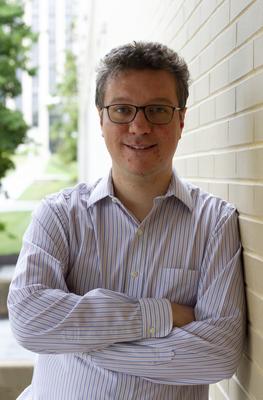 | David Radice | Faculty | Astronomy, Physics | dur566@psu.edu | +1 814 865 7533 | 304 Whitmore Laboratory | CMA | Black Holes, Neutrinos, Multimessenger Astrophysics, Gravitational Waves |
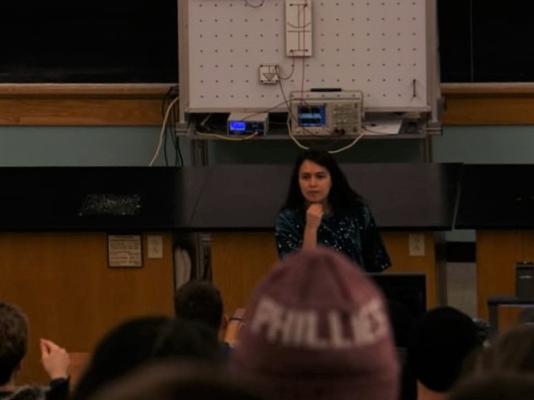 | Monica Rincon Ramirez | Graduate Student | Physics | mxr463@psu.edu | -- | 321 Whitmore Laboratory | CFT, CTOC | Loop Quantum Gravity, Physical Mathematics, Black Holes, Quantum Universe |
 | Shio Sakon | Graduate Student | Physics, ICDS | sks6461@psu.edu | -- | 321 F Whitmore Laboratory | IGC | Black Holes, Gravitational Waves, Multimessenger Astrophysics |
 | B.S. Sathyaprakash | Faculty | Physics, Astronomy | bss25@psu.edu | -- | 312 Whitmore Laboratory | CMA, CTOC | Gravitational Waves, Dark Matter, Black Holes, Multimessenger Astrophysics |
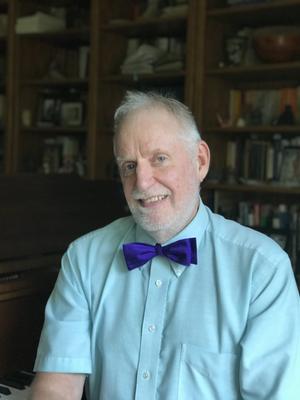 | Donald Schneider | Faculty | Astronomy | dps7@psu.edu | +1 814 863 9554 | 508 Davey Laboratory | CTOC | Black Holes, Cosmic Surveys |
 | Sarah Shandera | Faculty | Physics | ses47@psu.edu | +1 814 863 9595 | 303A Whitmore Laboratory | CFT | Cosmic Surveys, Black Holes, Gravitational Waves, Quantum Universe, Dark Matter |
 | Jonathan Shu | Graduate Student | Physics | jds7269@psu.edu | -- | -- Osmond Laboratory | CFT | Black Holes, Mathematical Structures, Quantum Universe |
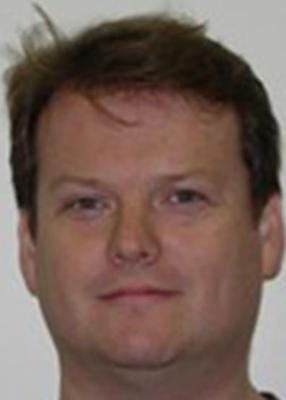 | Steinn Sigurdsson | Faculty | Astronomy | sxs540@psu.edu | +1 814 863 6038 | 426 Davey Laboratory | CMA | Neutrinos, Black Holes, Multimessenger Astrophysics |
 | Bojun Zhang | Graduate Student | Astronomy | bjz5234@psu.edu | 8142803409 | 535A Davey Laboratory | IGC | Astrostatistics, Black Holes, Quasars |
News about Black Holes

Three Penn State researchers awarded scientific grants from Kaufman Foundation
2024-11-13
The Charles E. Kaufman Foundation—a supporting organization of The Pittsburgh Foundation, which works to improve the quality of life in the Pittsburgh region—has selected three Penn State researchers to receive scientific research grants. The foundation awards grants to scientists at institutes of higher learning in Pennsylvania who are conducting innovative, fundamental scientific research in the fields of biology, chemistry and physics.
Click here for the full article.
Additional links:

NASA’s Chandra identifies a black hole whose bark is worse than its bite
2024-03-21
Astronomers have revealed that a brilliant supermassive black hole is not living up to expectations. Although it is responsible for high levels of radiation and powerful jets, this giant black hole is not as influential on its surroundings as many of its counterparts in other galaxies. A team including IGC faculty W. Niel Brandt, the Eberly Family Chair Professor of Astronomy and Astrophysics and professor of physics at Penn State, recently published this study in the Monthly Notices of the Royal Astronomical Society.
Click here for the full article.
Additional links:

Q&A with AAAS Mass Media Fellow Unnati Akhouri
2024-01-04
Unnati Akhour is a Mildred Dresselhaus Science Achievement Graduate Fellow in Physics who was recently an American Association for the Advancement of Sciences (AAAS) Mass Media Fellow at WITF, Inc.
Click here for the full article.
Additional links:

Swift telescope captures brightest gamma-ray burst ever recorded
2022-11-04
On October 9, 2022, an unusually bright and long-lasting gamma-ray burst—the most powerful type of explosion in the universe—was detected by the Neil Gehrels Swift Observatory, whose Mission Operations Center is located at Penn State and led by Professor of Astronomy and Astrophysics John Nousek. The burst—the brightest ever recorded, called GRB 221009A—originated from the death of a massive star about two billion light years away, likely collapsing to form a black hole and sending gamma rays, X-rays, and other particles into space.
A striking image of the burst’s afterglow was captured by Swift’s X-Ray Telescope, which is led by Penn State Research Professor of Astronomy and Astrophysics Jamie Kennea and was originally built under the leadership of Professor of Astronomy and Astrophysics David Burrows. Swift and other observatories are continuing to observe the aftermath of the event, which could help provide new insights into stellar collapse, the birth of a black hole, and the conditions in distant galaxies.
Click here for the full article.
Additional links:

The Hobby-Eberly Telescope reaches 25th anniversary milestone
2022-11-03
One of the world’s largest optical telescopes, the Hobby-Eberly telescope (HET) at the University of Texas at Austin’s McDonald Observatory, is marking 25 years of investigating the mysteries of the cosmos. The HET’s unique and innovative design was developed by Penn State professors Lawrence W. Ramsey, who has served as the HET’s project scientist and as the chairman of its board of directors, and Daniel W. Weedman in the early 1980s.
The telescope is named for Robert E. Eberly, a Penn State alumnus and benefactor, for whom Penn State’s Eberly College of Science is also named, and former Texas Lieutenant-Governor William P. Hobby.
“This year marks an important milestone for the Hobby-Eberly telescope,” said Taft Armandroff, the Frank and Susan Bash Endowed Chair at UT Austin, Director of McDonald Observatory, and HET board chair. “The HET provides the resources that our faculty and researchers from many different institutions use to do cutting-edge science.”
First dedicated in 1997, the HET is currently a collaboration of four institutions: the University of Texas at Austin, Penn State, the University of Munich, and the University of Goettingen. The telescope, which has an 11-meter (433-inch) primary mirror, received a major upgrade in 2016, expanding its field-of-view to capture a section of the night sky 120-times larger than before. This capability and new instruments were celebrated in a re-dedication event in 2017.
“In addition to its enormous light-gathering power, the HET’s scheduling system allows it to rapidly respond to unusual, transient events in the heavens,” said Ramsey, emeritus professor of astronomy and astrophysics and Eberly College of Science Distinguished Senior Scholar. “This combination allows HET to address a wide range of scientific questions, ranging from exoplanets to the large-scale structure of the universe. In the HET’s first quarter-century, over 450 peer-reviewed papers relied on HET data.”
The Hobby-Eberly Telescope Dark Energy Experiment (HETDEX) is an international collaboration that is probing dark energy, the mysterious force that is accelerating the expansion of the universe, to build an extensive three-dimensional map of the universe when it was but a fraction of its current age. By training the HET on two regions of the sky, one near the Big Dipper and one near Orion, the telescope is capturing the cosmic fingerprint of the light from 2.5 million galaxies. Astronomers are using the Visible Integral-field Replicable Unit Spectrograph, which can simultaneously obtain over 30,000 spectra in a 20-minute exposure, to address a number of fundamental questions, in particular why the expansion of the universe is speeding up over time.
“The HETDEX program involves not only the four university partners but dozens of additional scientists at several institutions from around the world,” said Donald Schneider, distinguished professor in the Department of Astronomy and Astrophysics at Penn State and a HET board member.
HET has played an integral role in finding Earth-sized planets beyond our solar system. The Habitable Zone Planet Finder (HPF), developed by a team of scientists led by Penn State Professor of Astronomy and Astrophysics Suvrath Mahdevan, aims to identify so-called “Goldilocks planets,” exoplanets capable of supporting liquid water on their surfaces. One discovery involved K2-25b, a planet the size of Neptune orbiting a cool star. Using high-time resolution HPF spectroscopy of the system when the planet passed between Earth and the star, astronomers were able to determine the angle between the star’s equator and the orbit of the planet, which offers insights into the formation and evolution of planetary systems.
“A lot of the public thinks science has these eureka moments, but most major scientific discoveries are met with ‘hmm, that’s funny,’” said Bill Cochran, research professor at UT Austin and chair of the HET Users Committee. “Whether or not a planet is habitable is not the right question. I am interested in how the planet evolved, and I want to use the findings with the HPF to pursue these questions with my colleagues in different disciplines.”
Click here for the full article.
Additional links:

NASA selects STAR-X for $3M mission concept study
2022-08-30
STAR-X, the Survey and Time-domain Astrophysical Research Explorer, a proposed NASA Medium-Class Explorer (MIDEX) mission that includes Penn State astronomer Niel Brandt, has been selected by the NASA Explorers Program for further study. STAR-X is one of two proposed MIDEX missions that will receive $3 million for a nine-month detailed study of mission requirements. At the end of this period, one of the proposed missions will be selected for a target launch date in 2027-2028 and be eligible for up to $300 million in additional funding.
Comprised of an X-ray telescope, an ultraviolet (UV) telescope, and a responsive spacecraft, STAR-X is designed to conduct time-domain surveys, which study how astronomical objects change with time, and to respond rapidly to transient cosmic events discovered by other observatories such as LIGO, Rubin LSST, the Roman Space Telescope, and the Square Kilometer Array. The mission is led by Principal Investigator William Zhang at NASA’s Goddard Space Flight Center (GSFC) in Greenbelt, Maryland. Penn State’s Brandt, who is the Verne M. Willaman Professor of Astronomy and Astrophysics and Professor of Physics, is involved in planning the STAR-X cosmic X-ray surveys, active galaxy studies, and fast X-ray transient studies.
“I can’t wait to use STAR-X to investigate the first supermassive black holes and understand mysterious, explosive X-ray transient sources,” said Brandt. “STAR-X will also provide the essential X-ray and UV follow-up capabilities for remarkable cosmic objects discovered by the Rubin LSST in optical light.”
The STAR-X spacecraft would be able to turn rapidly to point a sensitive wide-field X-ray telescope and a UV telescope at transient cosmic sources, such as supernova explosions and feeding supermassive black holes. Deep X-ray surveys would map black holes and hot gas trapped in distant clusters of galaxies; combined with infrared observations from NASA’s upcoming Roman Space Telescope, these observations would trace how massive clusters of galaxies built up over cosmic history.
STAR-X would provide revolutionary capabilities including unprecedented X-ray and UV volumetric survey speed; a unique combination of large field-of-view, large X-ray collecting area, low background, and excellent imaging; increased sensitivity for characterizing diffuse emissions, and increased speed and sensitivity for the discovery of faint X-ray point sources. It fills the gap in X-ray and UV survey coverage, providing simultaneous X-ray and UV observations, which are among the earliest and most uniquely informative astrophysical signals that probe the inner regions around compact objects like black holes and neutron stars, and it complements optical, infrared, and gravitational wave facilities.
The mission’s Deputy Principal Investigator, Ann Hornschemeier, who is also Lab Chief for X-ray Astrophysics at GSFC, earned a Ph.D. in Astronomy and Astrophysics at Penn State, mentored by Brandt, in 2002.
“Ann is superb - a bundle of energy, and the right person to push STAR-X to succeed,” said Brandt.
NASA Explorer missions conduct focused scientific investigations and develop instruments that fill scientific gaps between the agency’s larger space science missions. The proposals were competitively selected based on potential science value and feasibility of development plans. The Explorers Program is the oldest continuous NASA program and is designed to provide frequent, low-cost access to space using principal investigator-led space science investigations relevant to the Science Mission Directorate’s astrophysics and heliophysics programs.
“NASA’s Explorers Program has a proud tradition of supporting innovative approaches to exceptional science, and these selections hold that same promise,” said Thomas Zurbuchen, associate administrator for NASA’s Science Mission Directorate at NASA Headquarters in Washington. “From studying the evolution of galaxies to explosive, high-energy events, these proposals are inspiring in their scope and creativity to explore the unknown in our universe.”
Since the launch of Explorer 1 in 1958, which discovered the Earth’s radiation belts, the Explorers Program has launched more than 90 missions, including the Uhuru and Cosmic Background Explorer (COBE) missions that led to Nobel prizes for their investigators.
The program is managed by NASA Goddard for NASA’s Science Mission Directorate in Washington, which conducts a wide variety of research and scientific exploration programs for Earth studies, space weather, the solar system, and the universe. More information can be found at the Explorers Program website (https://explorers.gsfc.nasa.gov/).
Further technical details about the observatory are available at (http://star-x.xraydeep.org/observatory/).
Click here for the full article.
Additional links:

Hubble Finds Isolated Black Hole Roaming Our Milky Way Galaxy
2022-06-21
Though an estimated 100 million black holes are predicted to roam among the stars in our Milky Way galaxy, astronomers have never conclusively identified an isolated black hole – until now. Previously, black holes with the mass of the newly identified one had only been detected in binary systems in which the black hole is gravitationally bound to a normal, visible star. Now, following six years of meticulous observations, NASA’s Hubble Space Telescope has provided, for the first time ever, strong evidence for a lone black hole drifting through interstellar space.
A paper describing the discovery, by a team that includes Penn State astronomer Howard Bond, has been accepted for publication in the Astrophysical Journal.
“Black holes have been in the news recently as a spectacular image of the black hole at the center of our Milky Way galaxy was released a few weeks ago,” said Bond, professor of practice in astronomy and astrophysics at Penn State. “This black hole has a mass of 4 million times that of our Sun; it’s what’s called a supermassive black hole. Our object, by contrast, has a mass of only 7.1 times that of the Sun. It’s a ‘stellar-mass’ black hole. There are very likely many of these objects in the Milky Way, but they are extremely difficult to detect since they emit no light. Ours is the first one to be identified based on the black hole deflecting the image of a background star that it passed closely in front of.”
The black hole that was detected lies about 5,000 light-years away, in the Carina-Sagittarius spiral arm of our galaxy. For context, the nearest star to our solar system, Proxima Centauri, is a little over 4 light-years away.
Black holes roaming our galaxy are born from rare, monstrous stars (less than one-thousandth of the galaxy’s stellar population) that are at least 20 times more massive than our Sun. These stars explode as supernovae, and the remnant core is crushed by gravity into a black hole. Because the self-detonation is not perfectly symmetrical, the black hole may get a kick, and go careening through our galaxy like a blasted cannonball.
Telescopes can’t photograph a wayward black hole because it doesn’t emit any light. However, a black hole warps space, which then deflects and amplifies starlight from anything that momentarily lines up exactly behind it.
Ground-based telescopes, which monitor the brightness of millions of stars in the rich star fields toward the central bulge of our Milky Way, look for such a tell-tale sudden brightening of one of them when a massive object passes between us and the star. Then Hubble follows up on the most interesting such events.
Kailash Sahu of the Space Telescope Science Institute in Baltimore, Maryland, along with his team, made the discovery in a survey designed to find just such isolated black holes. The warping of space due to the gravity of a foreground object passing in front of a star located far behind it will briefly bend and amplify the light of the background star as it passes in front of it. The phenomenon, called gravitational microlensing, is used to study stars and exoplanets in the approximately 20,000 events seen so far inside our galaxy.
The signature of a foreground black hole stands out as unique among other microlensing events. The very intense gravity of the black hole will stretch out the duration of the lensing event for over 200 days.
Next, Hubble was used to measure the amount of deflection of the background star’s image by the black hole. Hubble is capable of the extraordinary precision needed for such measurements. The star’s image was offset from where it normally would be by two milliarcseconds. That’s equivalent to measuring the diameter of a 25-cent coin in Los Angeles as seen from New York City.
This astrometric microlensing technique provided information on the mass, distance, and velocity of the black hole. The amount of deflection by the black hole’s intense warping of space allowed the team to estimate it weighs about seven solar masses. The isolated black hole is traveling across the galaxy at 90,000 miles per hour (fast enough to travel from Earth to the moon in less than three hours). That’s faster than most of the other neighboring stars in that region of our galaxy.
“Astrometric microlensing is conceptually simple but observationally very tough,” said Sahu. “It is the only technique for identifying isolated black holes.”
The existence of stellar-mass black holes has been known since the early 1970’s, but all of them–until now–are found in binary star systems.
“Detections of isolated black holes will provide new insights into the population of these objects in our Milky Way,” said Sahu.
NASA’s upcoming Nancy Grace Roman Space Telescope will discover several thousand microlensing events out of which many are expected to be black holes, and the deflections will be measured with very high accuracy.
Click here for the full article.
Additional links:

The IGC ApJL “Dark sirens to resolve the Hubble-Lemaître tension” was highlighted in AAS Nova.
2021-02-24
Besides tests of GR, Gravitational Wave (GW) observations of compact binary mergers also play a unique role for cosmology: They facilitate the measurement of the Hubble constant through a luminosity distance estimate in combination with an independent, electromagnetic redshift measurement from the GW source’s host galaxy. In the light of the tension between the electromagnetic measurements of the Hubble constant from the early and late universe, the GW-assisted method has gained even more importance. While other studies have investigated methods to resolve the Hubble-Lemaître tension with binary neutron stars, IGC researchers Ssohrab Borhanian, Arnab Dhani, Anuradha Gupta, K.G. Arun and B.S. Sathyaprakash demonstrated that there is an observable population of golden dark sirens that could facilitate this resolution in the next five years without direct electromagnetic counterparts or statistical methods. Instead, improved waveform models using higher spherical harmonic modes and planned upgrades to GW detectors will compound together to localize these golden events with high-precision—in distance and on the sky—to uniquely determine their host galaxies in the local universe and consequently measure the Hubble constant to the required precision.”
Click here for the full article.
Additional links:

Two probable black-hole mergers spotted in first weeks after gravitational-wave detector is updated
2019-06-16
Two new probable gravitational waves — ripples in the fabric of spacetime caused by cataclysmic cosmic events and first predicted by Albert Einstein over 100 years ago — have been detected by the Laser Interferometer Gravitational-Wave Observatory (LIGO) and the Virgo observatory in Italy in the first weeks after the detectors were updated. The IGC team of LIGO scientists, led by Chad Hanna, played a critical role.
Black Holes, Dark Matter & Quantum Gravity, what’s new in Loop Quantum Gravity
2019-06-01
Are black holes related to dark matter? Do the observations of black holes by LIGO hint at a signature of quantum gravity ? Can we find evidence of black holes from a previous universe? In 2019 second place in the Buchalter Cosmology Prize was awarded to two of the speakers you will see in this film which explores some of the above themes. We filmed this at the Loop Quantum Gravity Conference in 2019 and plan to make a follow up film exploring the latest ideas in the field. Look out for the optical illusion around 8:12–8:25. YouTube Video prepared by Monica and Phil Halper. Filmed during Loops19 conference.
